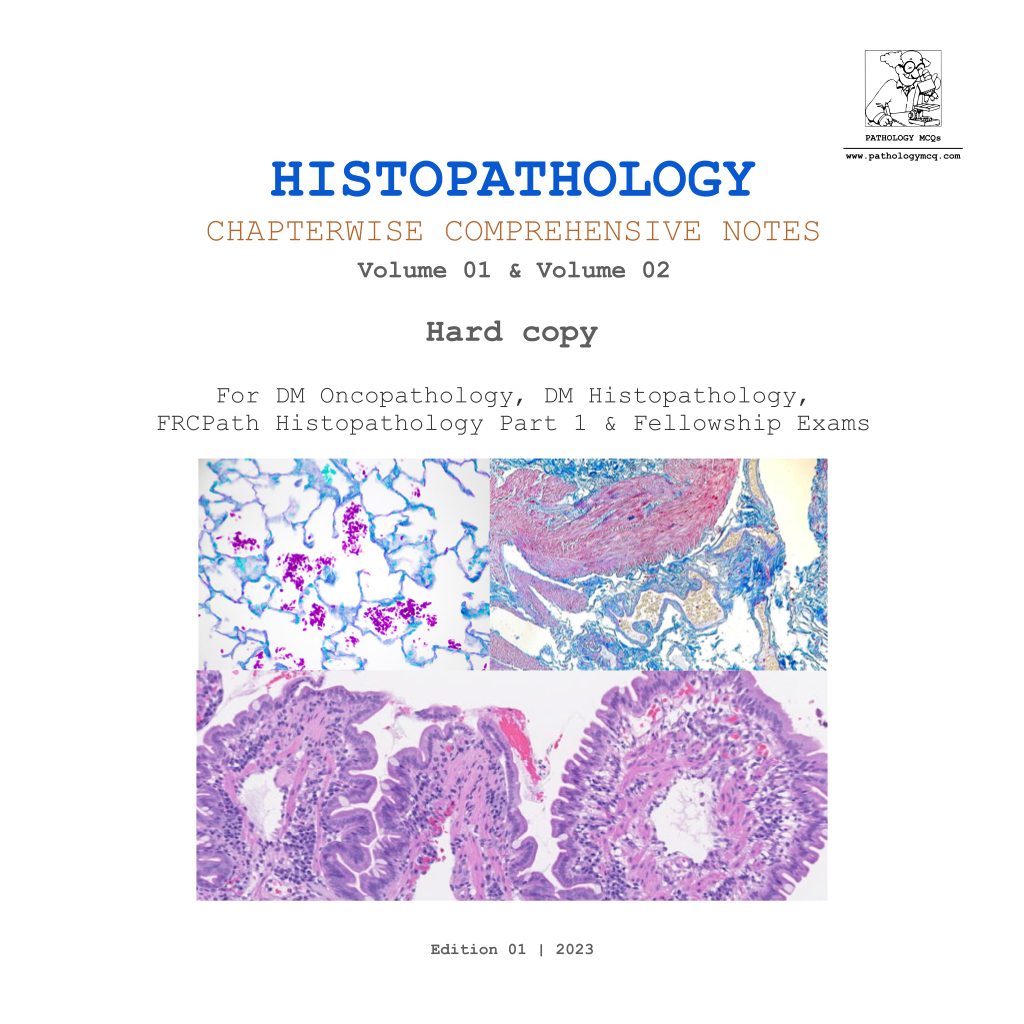Your cart is currently empty!
Deciphering Heart Transplant Biopsies: ACR, AMR, and Quilty Lesions Explained
Published by
on
Heart transplantation has become a life-saving procedure for many patients with end-stage heart disease. Post-transplant care involves meticulous monitoring for rejection, a common and serious complication. Histopathology plays a crucial role in this process, differentiating between types of rejections and other findings such as Quilty lesions. Let’s explore the nuances of acute cellular rejection (ACR), antibody-mediated rejection (AMR), and Quilty lesions in the context of heart transplant biopsies.
Acute Cellular Rejection (ACR)
ACR is the classical form of rejection and is characterized histologically by the infiltration of T lymphocytes into the cardiac tissue. On a biopsy, you might see interstitial and perivascular infiltration by mononuclear cells, often with associated myocyte damage.

This T-cell-mediated response can lead to endothelialitis—inflammation and damage of the blood vessel walls within the heart muscle, which, if unchecked, can lead to fibrin deposition, necrosis, and ultimately, graft failure. Clinically, ACR correlates with symptoms of graft dysfunction, and it’s typically treated with increased immunosuppression.

Antibody-Mediated Rejection (AMR)
AMR, on the other hand, involves the heart’s vasculature and is characterized by the presence of antibodies against the donor heart. Histologically, it presents as capillary injury, with evidence of intravascular macrophages and deposition of complement components, most notably C4d.


AMR can be particularly insidious as it may occur even in the absence of clinical symptoms. Unlike ACR, the treatment for AMR targets antibody production and involves therapies like intravenous immunoglobulin (IVIG), plasmapheresis, and rituximab to lower the levels of circulating antibodies.
Quilty Lesions
Quilty lesions are somewhat of a red herring in the world of transplant pathology. These are benign nodular endocardial infiltrates of lymphocytes that mimic the appearance of rejection on biopsies but are not associated with graft dysfunction.

They do not show the myocyte damage typical of ACR or the capillary destruction characteristic of AMR. CD 4, CD8 and CD 20 are positive.



Importantly, Quilty lesions require no treatment, and recognizing them is vital to avoid unnecessary immunosuppressive therapy.
Differentiation is Key
The histopathological differentiation between these entities is critical:
- ACR demands an increase in immunosuppression to protect the graft.
- AMR calls for specific antibody-targeted therapies.
- Quilty lesions, while important to identify, do not alter the management of the patient.
| Feature | Acute Cellular Rejection (ACR) | Antibody-Mediated Rejection (AMR) | Quilty Lesion |
|---|---|---|---|
| Histological Findings | Interstitial and perivascular infiltration of mononuclear cells, often with associated myocyte damage | Capillary injury with intravascular macrophages, neutrophils, or hemorrhage; deposition of complement components such as C4d | Nodular endocardial infiltrates of lymphocytes without myocyte damage |
| Vascular Changes | Endothelialitis with inflammation of vessel walls, possibly leading to fibrin deposition and necrosis | Often involves microvascular inflammation with endothelial cell swelling and capillary fragmentation | No vascular changes typical of rejection |
| Immunological Cells | Predominantly T lymphocytes (CD3+, CD8+) | Presence of natural killer cells, macrophages, and plasma cells, with complement deposition (C4d+) | Lymphocytes, similar to those seen in lymphoid follicles, without aggressive features |
| Presence of Antibodies | Not characterized by antibodies | Diagnostic hallmark includes circulating donor-specific antibodies (DSA) | No antibodies involved |
| Tissue Staining | No specific staining; myocyte necrosis may be observed | Positive staining for C4d in capillaries is supportive of diagnosis | No specific staining pattern related to rejection |
| Clinical Correlation | Correlates with clinical signs of graft dysfunction | May occur even in the absence of graft dysfunction symptoms; diagnosed through biopsy and serological findings | Not correlated with graft dysfunction; incidental finding |
| Treatment | Increased immunosuppression, such as corticosteroids and antithymocyte globulin | Targeted therapies like IVIG, plasmapheresis, and anti-CD20 antibodies to reduce antibody levels | No treatment required as it is a benign finding |
Conclusion
The role of the pathologist in reviewing heart transplant biopsies is not just diagnostic but has direct therapeutic implications. Understanding the differences between ACR, AMR, and Quilty lesions can significantly impact patient management and long-term outcomes. As we continue to refine our diagnostic techniques, the hope is that we can further tailor treatments to ensure the best possible results for heart transplant patients.
Try to answer this MCQ

Correct answer is D: QUILTY lesion
CLUES: No myocyte injury, endocardial location and CD 20 and CD 3 positive.
-
100 MCQs on histotechniques
₹500 -
Approach based course Histopathology and cytology
₹4999 – ₹5999 Excl. GST -
COMPLETE INI-SS Mock tests (Histopathology + Hematopathology)
₹799 – ₹1599 Excl. GST -
FRCPath Part-1 Histopathology Course
₹4850 – ₹5999 Excl. GST -
HEMATOPATHOLOGY COURSE
₹3850 – ₹5680 Excl. GST -
Histopathology notes- Volumes 1 and 2 (Hard copies)
₹5500 Excl. GST -
NEET-SS/ DM ONCOPATHOLOGY ONLINE COURSE 2.0v
₹4999 – ₹6850 Excl. GST -
Neuropathology Test series and mock tests
₹799 – ₹1499 Excl. GST
OUR COURSES/E-BOOKS

Courses:
Learn more >

Learn more >

E-Books in amazon kindle:
Learn more >








Leave a Reply